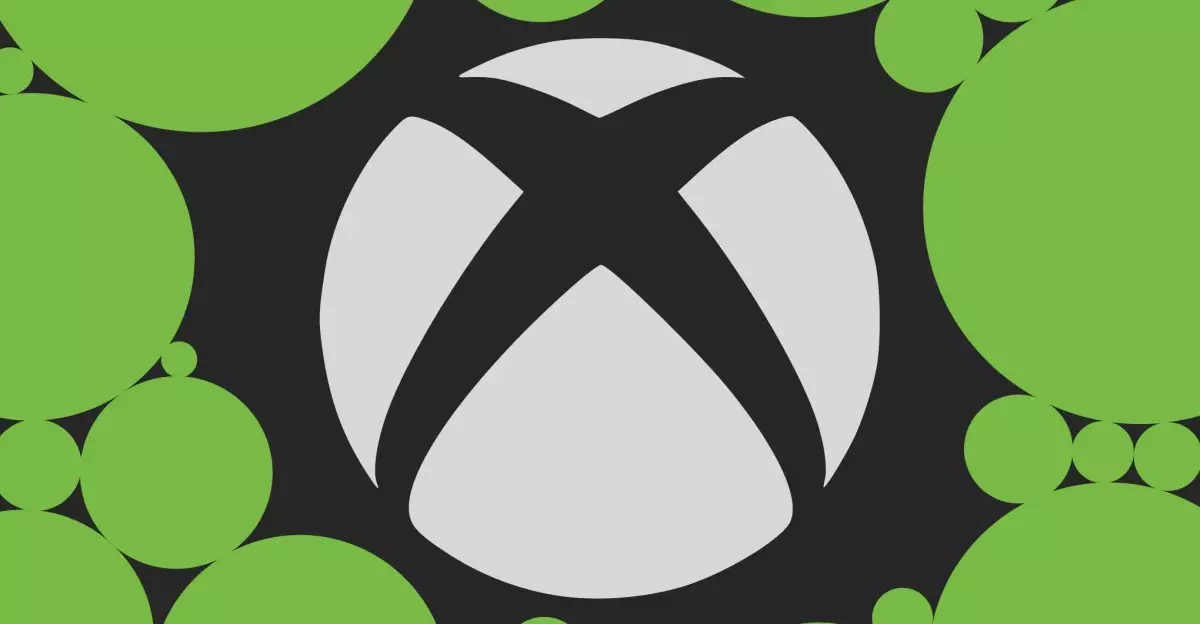In an era where gaming consoles and their exclusive titles dominate market conversations, Microsoft has stirred quite a buzz by announcing a significant price increase for its Xbox consoles and first-party games. As of this holiday season, Xbox’s new first-party game prices will soar from $69.99 to $79.99, while the prices for the Xbox Series S and X consoles will increase by substantial amounts. The Series S, previously retailing at $299.99, will now cost $379.99—a staggering $80 hike. The Series X is not left unscathed either, climbing from $499.99 to $599.99, a $100 bump that raises eyebrows in an already precarious financial landscape for gamers.
What must be understood here is that this trend isn’t merely about numbers; it’s a reflection of broader economic currents impacting not just gaming, but consumer behavior across multiple sectors. Price adjustments are nothing new, but when the increase coincides with tightening budgets for everyday consumers, it warrants scrutiny. This tactic could alienate loyal gamers, and jeopardize Microsoft’s position in an already competitive market.
Game Pass: A Silver Lining or Mirror of Mediocrity?
Interestingly, while hardware and software prices climb, Microsoft has declared that it will not be increasing its Xbox Game Pass subscription prices. However, one can’t help but ask: is that really a victory? The rationale behind keeping Game Pass prices intact could be a strategic move to retain subscribers in the face of discouraging console and game price hikes. While the value proposition of Game Pass remains appealing, with its substantial library and accessibility to numerous titles, this could also suggest a defensive stance from Microsoft rather than an aggressive push for innovation or expansion.
Moreover, the implication that Game Pass could serve as a compensatory feature raises questions about Microsoft’s priorities. Will they continue focusing on subscription models over traditional sales, especially when gaming experiences often hinge on the thrill of owning a game?
An Economic Conundrum: Microsoft’s Justification
Microsoft argues that these price adjustments are necessary responses to various costs associated with production, distribution, and ongoing development. However, many gamers might argue that this just doesn’t hold water. After all, similar announcements from Sony have created a frenzy of criticism, as both companies navigate fiscal pressures while still attempting to cater to ardent fanbases.
To put this in perspective, consider that gamers are gradually shifting towards digital purchases and online subscriptions over physical media. The rationale for increasing hardware prices in light of changing consumer behaviors is perplexing. Rather than simply deflecting rising costs, one would expect these tech giants to innovate and offer added value. Perhaps Microsoft should concentrate on enhancing its unique selling propositions like Game Pass, rather than relying on price hikes to navigate budgetary constraints.
The Impact on Gamers and the Community at Large
The immediate impact of these price increases extends beyond just the shelves of retail stores. For the average gamer, the financial sting can be felt deeply, channeling frustration towards a brand that many once adored. The delicate relationship between gamers and console developers hinges on shared enthusiasm, and these abrupt pricing shifts could very well undermine that foundational connection.
Community sentiments matter. They drive word-of-mouth advertising and could sway the undecided consumer. Social channels will invariably buzz with concerns, and the ripple effects may lead to a tarnished brand reputation if patrons decide that Microsoft is out of touch with its customer base. In a market that thrives on community engagement, such discontent can eradicate loyalty faster than you can say “Game Over.”
Looking Ahead: The Future of Gaming in a Challenging Climate
As we march toward launching new consoles and high-profile games, it begs the question: can Microsoft reinterpret its approach? Can they pivot away from incremental price increases and consider alternate models that accommodate both their financial goals and their gamers’ needs?
With competitor Sony also hiking prices, the gaming landscape is evolving rapidly. There’s no clear roadmap for how these changes will shake out. Ultimately, innovation, community engagement, and a focus on player-centric experiences will likely keep gamers loyal, while mere price strategies risk their patronage at a critical juncture in the gaming industry.
The stakes have never been higher, and as Microsoft maneuvers through these economic challenges, the spotlight is firmly on them. How they respond will ultimately shape their narrative in the annals of gaming history.

